Home>Kitchen & Cooking>Kitchen Gadgets & Utensils>What Is The Purpose Of A Tea Kettle
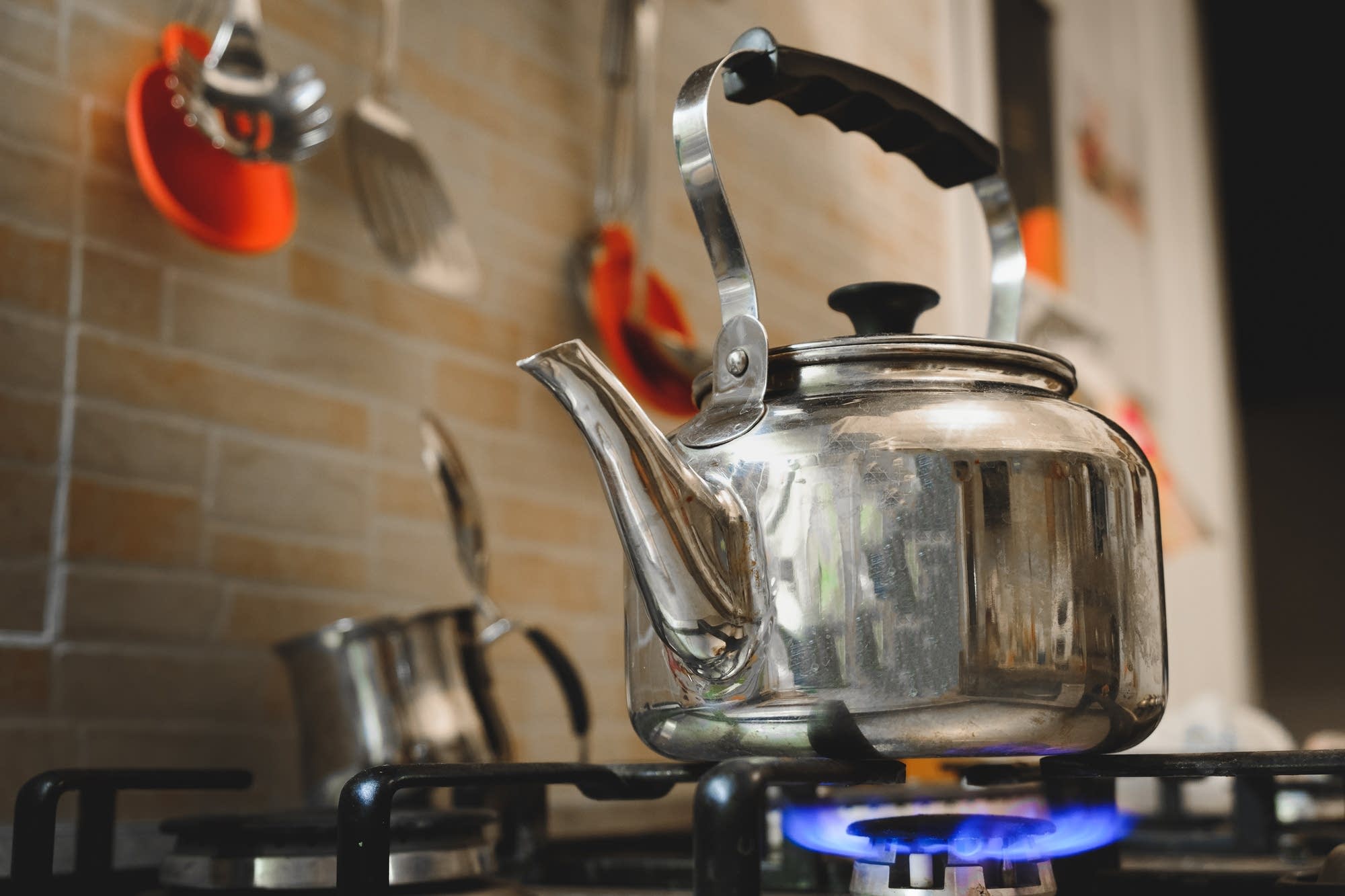

Kitchen Gadgets & Utensils
What Is The Purpose Of A Tea Kettle
Modified: March 21, 2024
Discover the importance of a tea kettle in your kitchen. Learn how this essential kitchen gadget enhances your tea-making experience. Explore the purpose and benefits of using a tea kettle.
(Many of the links in this article redirect to a specific reviewed product. Your purchase of these products through affiliate links helps to generate commission for Storables.com, at no extra cost. Learn more)
Introduction
Tea, a timeless and beloved beverage, has been enjoyed for centuries across diverse cultures. Whether it's a cozy morning ritual or a soothing evening respite, the process of brewing the perfect cup of tea is an art form in itself. At the heart of this process lies the humble yet indispensable tea kettle. This unassuming kitchen essential plays a pivotal role in elevating the tea-making experience, infusing it with tradition, warmth, and a touch of ceremony.
The purpose of a tea kettle extends far beyond its functional role as a vessel for heating water. It embodies a rich tapestry of history, culture, and craftsmanship, seamlessly blending form and function. From its origins in ancient civilizations to its modern-day incarnations, the tea kettle has evolved alongside human civilization, adapting to changing tastes and technologies while retaining its timeless allure.
In this article, we will embark on a captivating journey through the captivating world of tea kettles. We will delve into their fascinating history, explore the diverse types available, uncover the art of using a tea kettle to brew the perfect cup of tea, and shed light on the myriad benefits they offer. By the end of our exploration, you will gain a newfound appreciation for the tea kettle and its indispensable role in the art of tea-making. So, let's embark on this enchanting voyage and unravel the mysteries and wonders of the tea kettle.
Key Takeaways:
- Tea kettles have a rich history and come in various types, from classic stovetop to modern electric models, offering something for every tea enthusiast’s taste and brewing style.
- Using a tea kettle to brew tea enhances the sensory experience, promotes mindfulness, and adds elegance to everyday rituals, making each cup a soul-nourishing delight.
Read more: How To Make Tea With A Tea Kettle
History of Tea Kettles
The history of tea kettles is as rich and diverse as the cultures that have cherished the art of tea-making throughout the ages. The origins of the tea kettle can be traced back to ancient China, where tea was first discovered and celebrated as a medicinal elixir. In its earliest form, the tea kettle was a simple metal pot used to boil water over an open flame, a practice that dates back over 3,000 years.
As tea drinking spread to other parts of the world, such as Japan and the Middle East, the design and construction of tea kettles evolved to reflect the unique aesthetics and materials of each region. In Japan, for example, the tetsubin, a cast iron kettle, became synonymous with the revered Japanese tea ceremony, embodying the principles of harmony, respect, purity, and tranquility.
During the European Renaissance, tea kettles gained prominence as trade routes expanded, bringing tea to the shores of England and beyond. The Industrial Revolution ushered in a new era of tea kettle production, with the introduction of innovative materials such as copper, stainless steel, and aluminum. The iconic whistling tea kettle, a staple of American kitchens, emerged as a testament to the marriage of form and function, signaling the readiness of boiling water with its distinctive whistle.
Today, tea kettles continue to evolve, with modern designs incorporating advanced features such as electric heating elements, temperature control, and ergonomic handles. While the basic function of a tea kettle remains unchanged – to heat water for tea – its historical journey reflects the enduring allure and cultural significance of this timeless kitchen essential.
From ancient rituals to contemporary conveniences, the tea kettle has transcended time and borders, leaving an indelible mark on the art of tea-making and the hearts of tea enthusiasts worldwide.
Types of Tea Kettles
Tea kettles come in a delightful array of styles, materials, and functionalities, catering to the diverse preferences and needs of tea enthusiasts. Each type of tea kettle possesses its own unique charm and practical advantages, adding a touch of elegance and efficiency to the tea-making experience. Let’s explore some of the most popular types of tea kettles:
- Stovetop Tea Kettles: These classic kettles are designed to be used on a stovetop, utilizing a direct heat source to bring water to a rolling boil. They are available in various materials, including stainless steel, copper, and enamel, and often feature a whistle to signal when the water has reached the desired temperature.
- Electric Tea Kettles: Electric tea kettles offer the convenience of rapid heating and precise temperature control. They are equipped with heating elements that quickly boil water, making them ideal for busy individuals and modern kitchens. Many electric kettles also feature automatic shut-off functions and cordless designs for added safety and portability.
- Cast Iron Tea Kettles: Known for their durability and heat retention, cast iron tea kettles, such as the traditional Japanese tetsubin, are prized for their timeless elegance and ability to infuse water with a subtle hint of iron, enhancing the flavor of the brewed tea.
- Glass Tea Kettles: Glass tea kettles offer a visually captivating way to monitor the water as it heats, allowing tea enthusiasts to witness the mesmerizing dance of bubbles and steam. They are also easy to clean and do not impart any flavors or odors to the water, making them an excellent choice for delicate teas.
- Copper Tea Kettles: Renowned for their exceptional heat conductivity, copper tea kettles are prized for their rapid heating capabilities and exquisite aesthetic appeal. Over time, they develop a charming patina that adds character to the kitchen.
Whether you prefer the timeless charm of a stovetop kettle, the modern convenience of an electric kettle, or the artisanal allure of a cast iron or copper kettle, there is a tea kettle to suit every taste and brewing style. The diverse range of tea kettles available ensures that tea enthusiasts can find the perfect vessel to elevate their tea-making rituals and savor the art of brewing a delightful cup of tea.
Always use a tea kettle to boil water for making tea. The purpose of a tea kettle is to quickly and efficiently heat water to the perfect temperature for brewing tea, ensuring a better flavor and aroma.
How to Use a Tea Kettle
Using a tea kettle to prepare the perfect cup of tea is a time-honored tradition that requires a delicate balance of precision and intuition. Whether you opt for a stovetop, electric, cast iron, or glass tea kettle, the fundamental steps for harnessing its full potential remain consistent. Here’s a guide to using a tea kettle to brew a delightful cup of tea:
- Fill the Kettle: Begin by filling the kettle with fresh, cold water. Use filtered water if possible to enhance the purity and flavor of the brewed tea. Avoid reboiling water that has been left in the kettle, as it can diminish the oxygen content and alter the taste of the tea.
- Heat the Water: Place the filled kettle on the stovetop or plug in the electric kettle, ensuring that it is securely positioned. Allow the water to heat gradually, reaching the optimal temperature for the type of tea you are brewing. Different varieties of tea, such as green, black, white, and herbal teas, require specific water temperatures to extract their unique flavors and aromas.
- Listen for the Whistle: If using a stovetop kettle with a whistle, listen for the melodious sound that signals the water has reached a rolling boil. This familiar sound adds a touch of anticipation and charm to the tea-making process, heralding the imminent pleasure of a freshly brewed cup of tea.
- Pour and Brew: Once the water has reached the desired temperature, carefully pour it over the tea leaves or tea bags in your teapot or cup. Allow the tea to steep for the recommended duration, as specified for the specific type of tea. This crucial step allows the flavors to unfurl and the aromas to envelop the senses, resulting in a perfectly brewed cup of tea.
- Enjoy and Savor: Embrace the ritual of savoring your freshly brewed tea, relishing its nuanced flavors, soothing warmth, and rejuvenating properties. Whether enjoyed alone or shared with loved ones, a cup of tea brewed with the aid of a tea kettle embodies the art of mindfulness and indulgence.
By following these simple yet essential steps, you can harness the full potential of your tea kettle and unlock the transformative power of a meticulously brewed cup of tea. The ritual of using a tea kettle to prepare tea is a timeless practice that fosters a deep connection to the art of tea-making and the simple joys of life.
Benefits of Using a Tea Kettle
The use of a tea kettle transcends its fundamental function of heating water; it encapsulates a myriad of benefits that enrich the tea-making experience and elevate everyday rituals. From convenience and efficiency to sensory delight and healthful attributes, the advantages of using a tea kettle are as diverse as the teas it brews. Let’s explore the compelling benefits of incorporating a tea kettle into your daily routine:
- Efficiency: Tea kettles, particularly electric models, offer rapid heating capabilities, allowing you to boil water swiftly and with precision. This efficiency is especially valuable during busy mornings or when entertaining guests, ensuring that a refreshing cup of tea is just moments away.
- Precision: Many modern tea kettles are equipped with temperature control settings, enabling you to heat water to the precise temperature required for different types of tea. This level of precision enhances the flavor profiles of various teas, from delicate green teas to robust black teas, resulting in a more nuanced and satisfying brew.
- Aesthetic Appeal: Tea kettles, whether crafted from stainless steel, copper, glass, or cast iron, contribute to the visual charm of the kitchen. Their elegant designs and gleaming surfaces add a touch of sophistication and warmth to the culinary space, transforming the act of boiling water into a visually pleasing ritual.
- Sensory Experience: The process of heating water in a tea kettle engages multiple senses, from the comforting sound of a whistling kettle to the mesmerizing sight of water coming to a boil. The aromatic steam that rises from the spout and the tactile sensation of pouring hot water over tea leaves or bags create a multisensory experience that enhances the overall enjoyment of tea-making.
- Healthful Hydration: With a tea kettle at your disposal, you can effortlessly incorporate the ritual of tea-drinking into your daily routine, promoting hydration and well-being. Sipping on a cup of freshly brewed tea, prepared with the aid of a tea kettle, offers a comforting and healthful respite from the demands of the day.
By embracing the use of a tea kettle, you not only enhance the practical aspects of tea-making but also infuse each brewing session with a touch of elegance, mindfulness, and sensory pleasure. The benefits of using a tea kettle extend beyond the kitchen, enriching moments of tranquility and connection as you savor the simple yet profound joys of a well-brewed cup of tea.
Read more: What Is The Safest Tea Kettle To Use
Conclusion
The tea kettle, a seemingly unassuming kitchen companion, embodies a legacy of tradition, craftsmanship, and sensory delight that transcends its role as a simple vessel for heating water. From its ancient origins in the tea-loving cultures of China and Japan to its modern incarnations in kitchens around the world, the tea kettle has remained a steadfast symbol of the art of tea-making and the simple pleasures of daily life.
As we’ve journeyed through the captivating history, diverse types, and enchanting benefits of tea kettles, it’s evident that these humble yet indispensable tools play a pivotal role in elevating the tea-making experience. Whether you opt for the classic charm of a stovetop kettle, the modern convenience of an electric kettle, or the timeless elegance of a cast iron or glass kettle, each type offers its own unique allure and practical advantages.
Using a tea kettle to prepare a delightful cup of tea is a ritual that engages the senses, fosters mindfulness, and creates moments of tranquility and connection. The efficiency, precision, and aesthetic appeal of tea kettles enrich the art of tea-making, transforming a simple act into a soul-nourishing experience.
As you embrace the ritual of using a tea kettle to brew your favorite teas, may each whistling kettle, swirling steam, and perfectly steeped cup serve as a gentle reminder to savor the simple pleasures that enrich our lives. The tea kettle, with its timeless charm and practical virtues, stands as a testament to the enduring beauty of everyday rituals and the art of mindful indulgence.
So, as you embark on your next tea-making adventure, may the humble tea kettle be your steadfast companion, infusing each cup with warmth, tradition, and the timeless allure of the art of tea-making.
Frequently Asked Questions about What Is The Purpose Of A Tea Kettle
Was this page helpful?
At Storables.com, we guarantee accurate and reliable information. Our content, validated by Expert Board Contributors, is crafted following stringent Editorial Policies. We're committed to providing you with well-researched, expert-backed insights for all your informational needs.
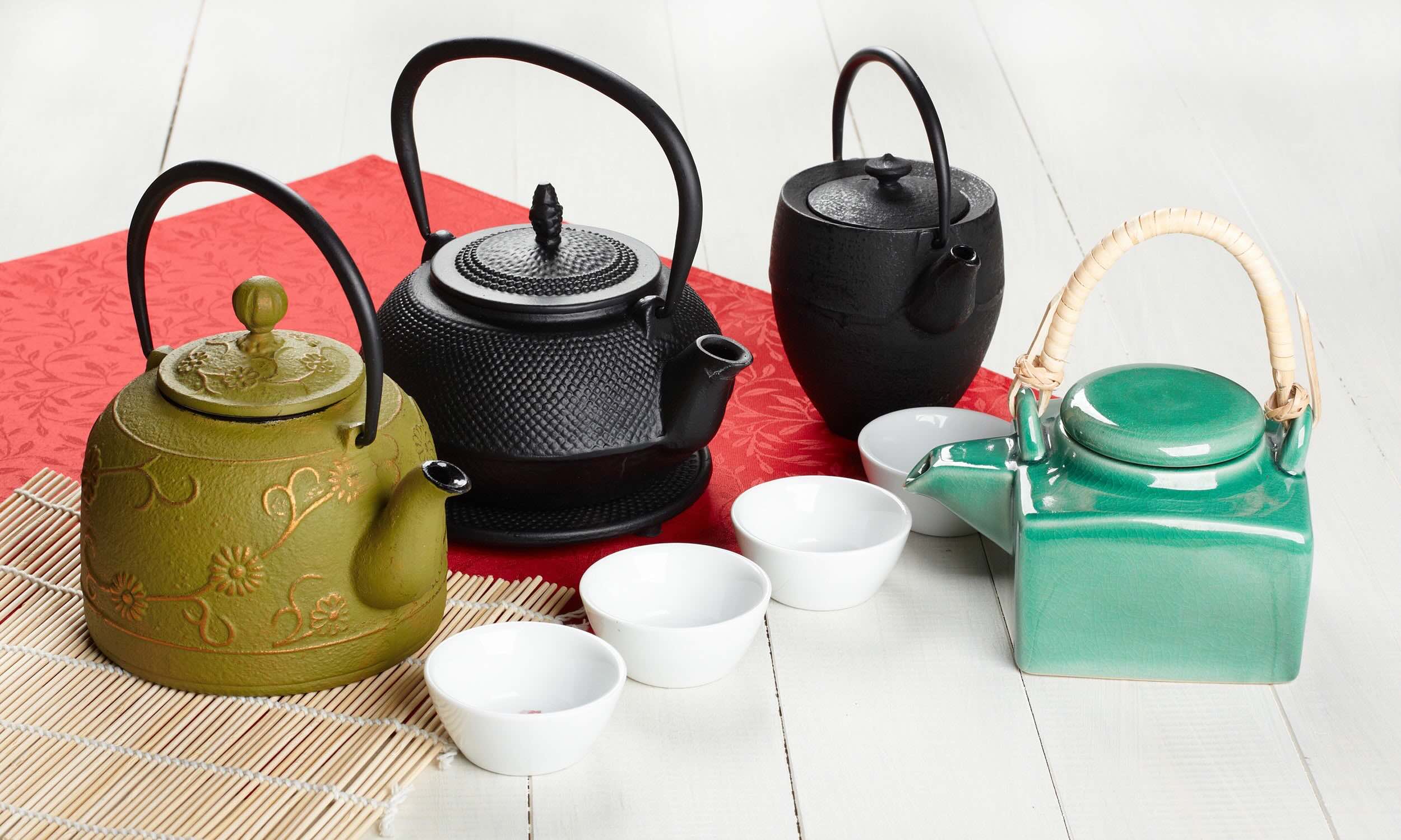
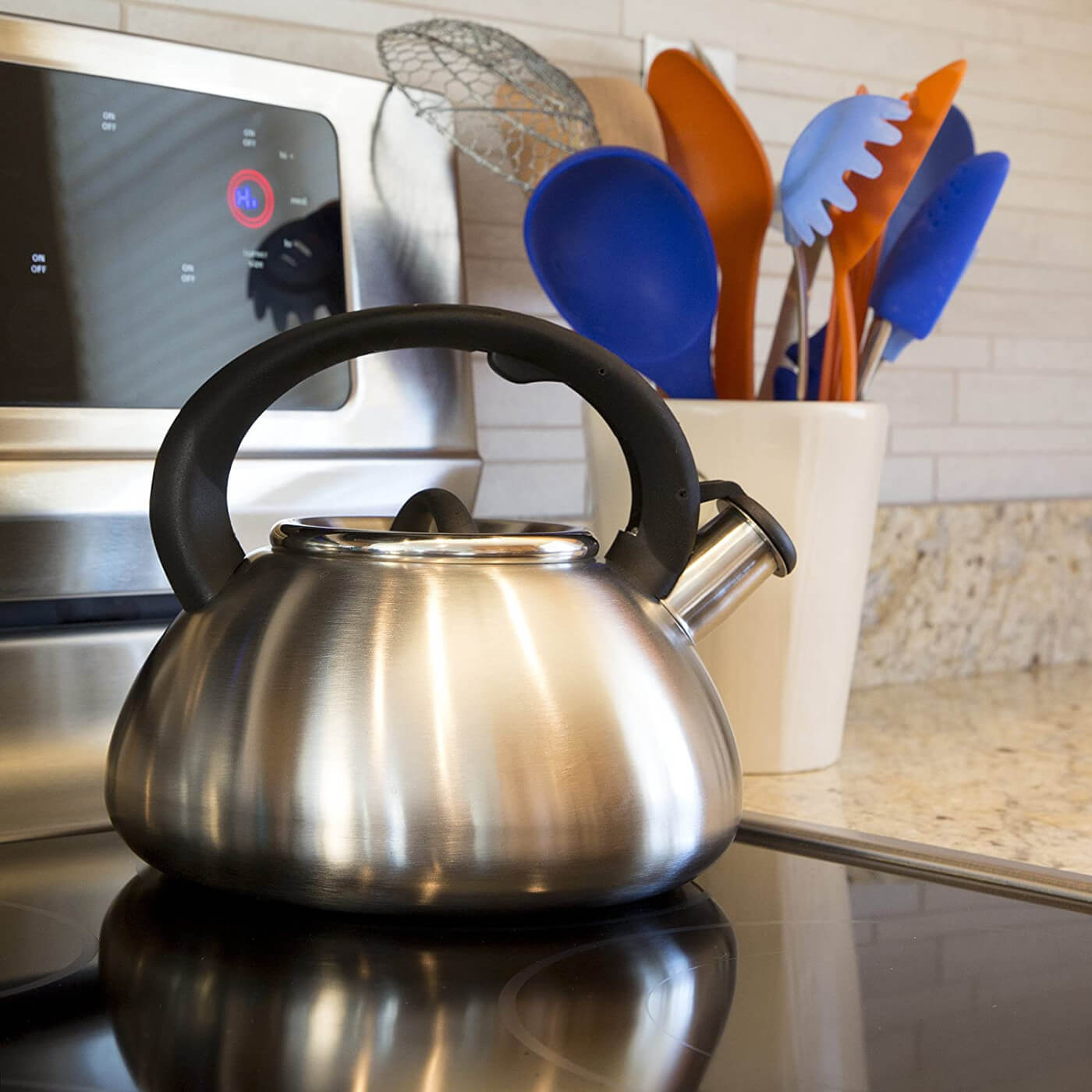
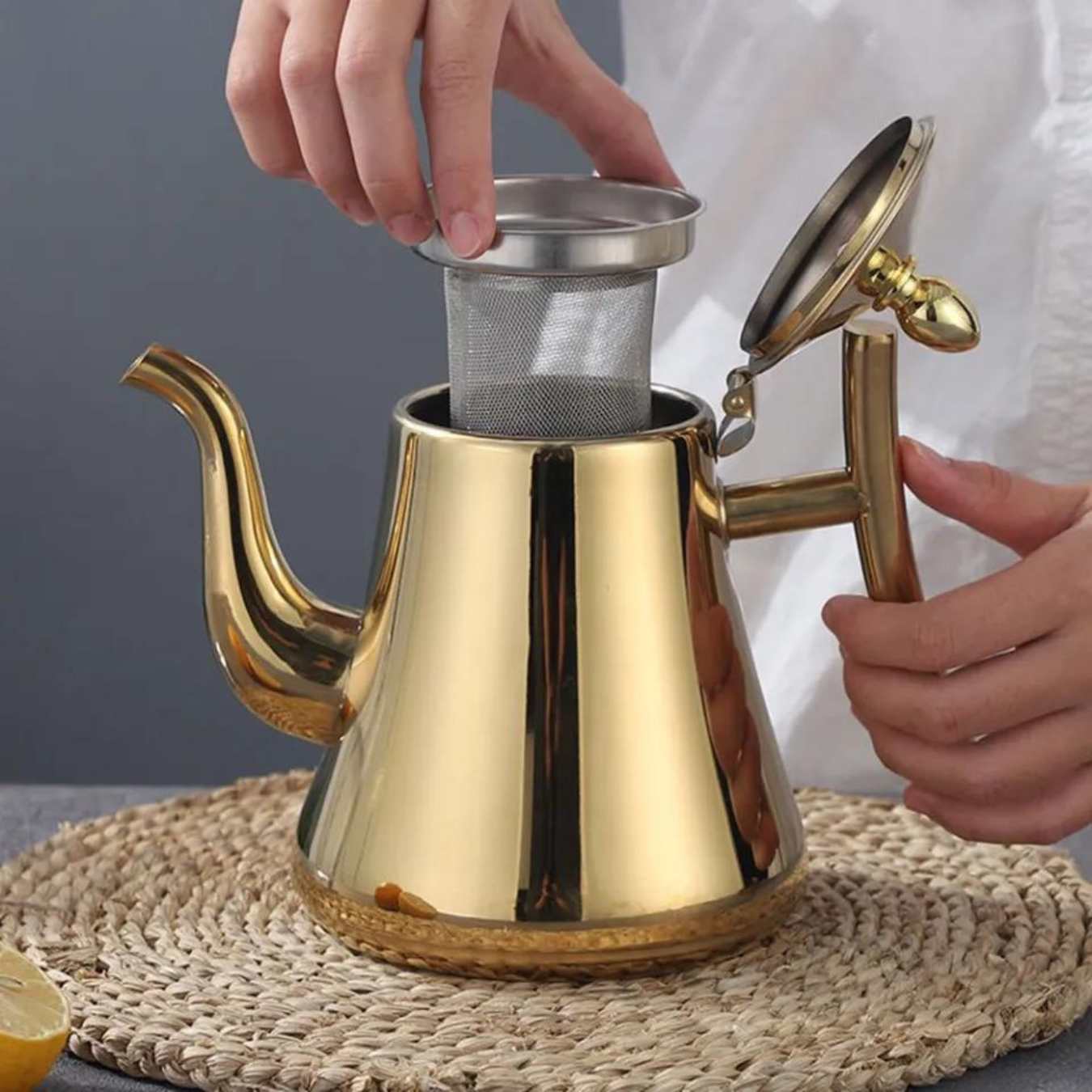
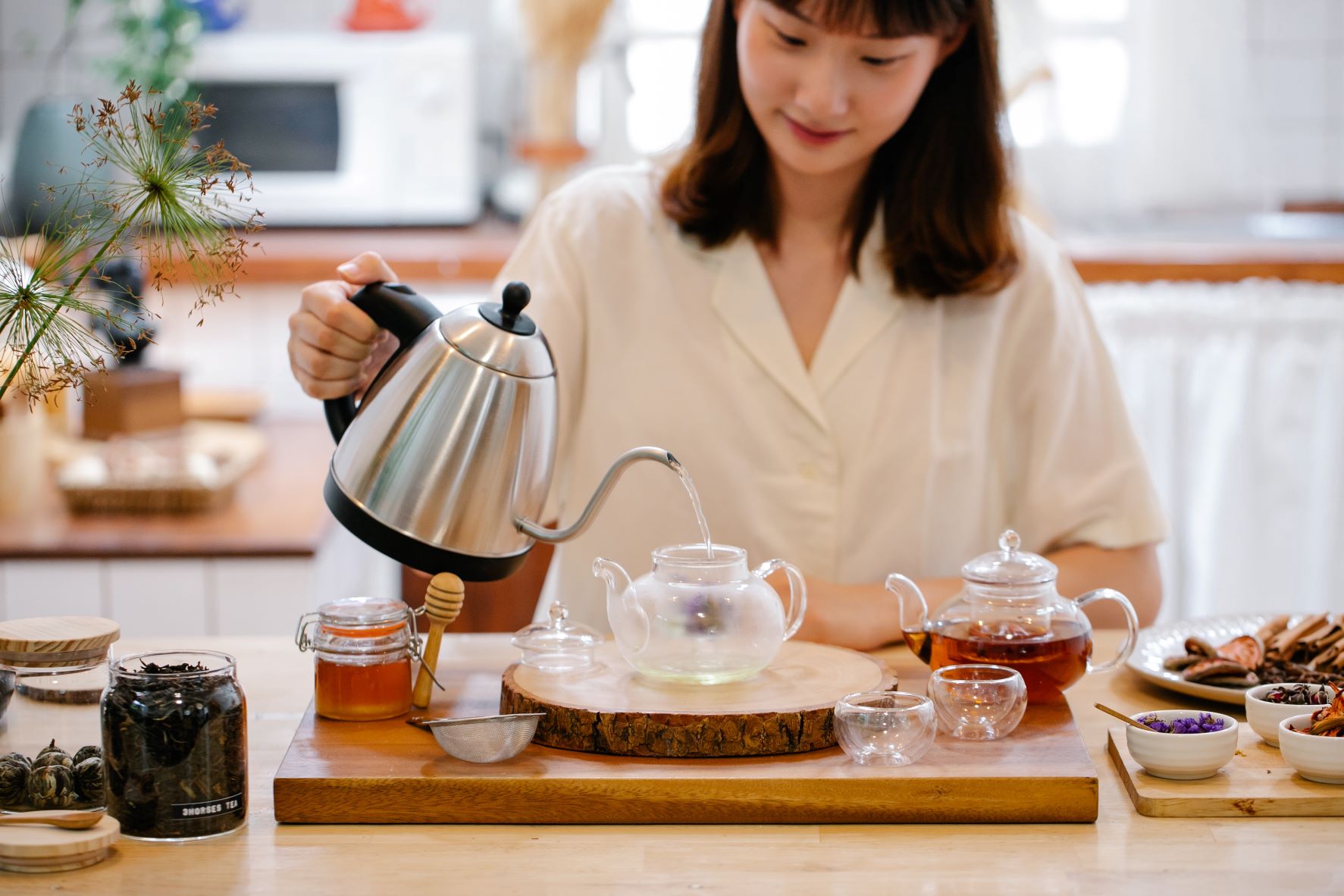
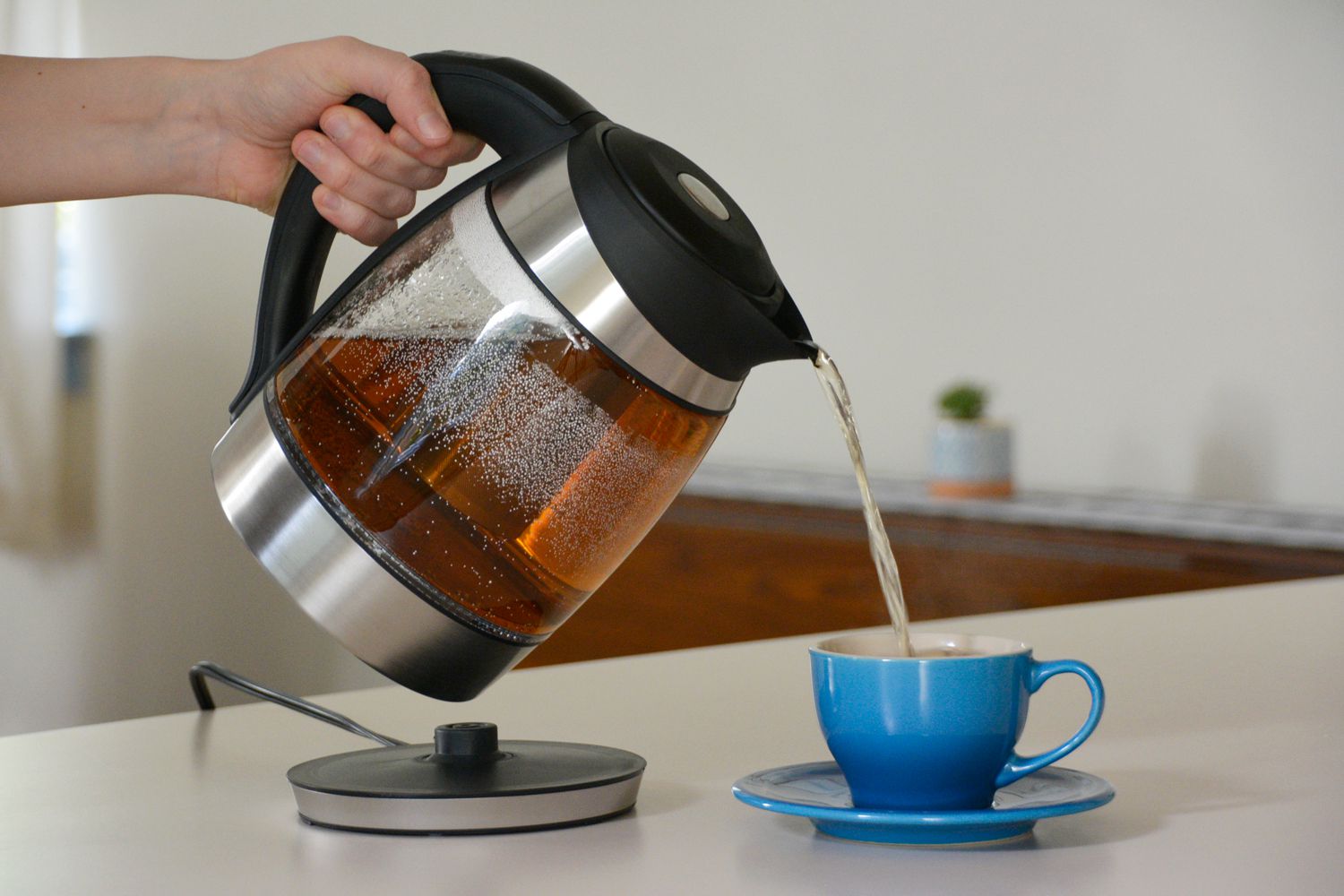
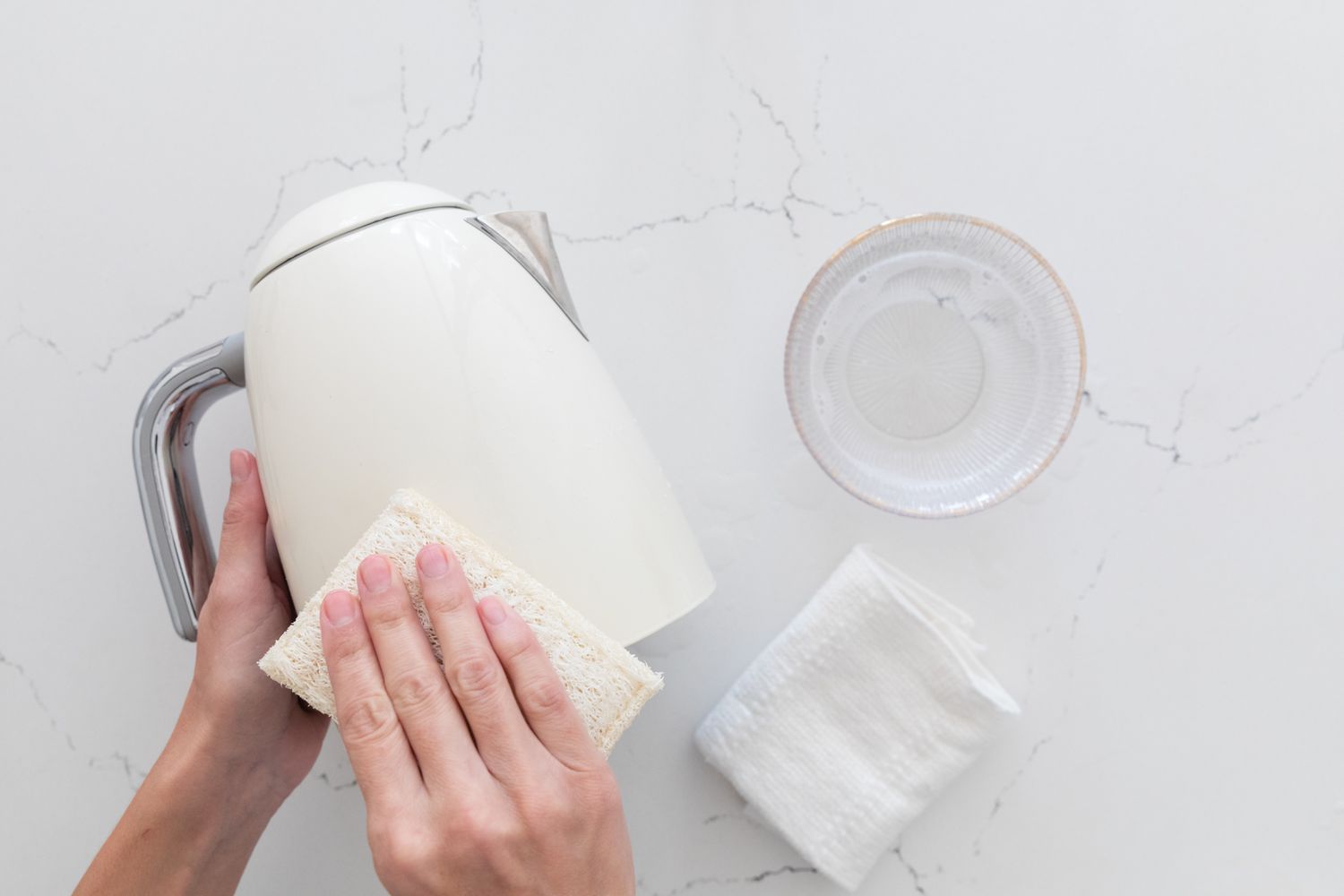
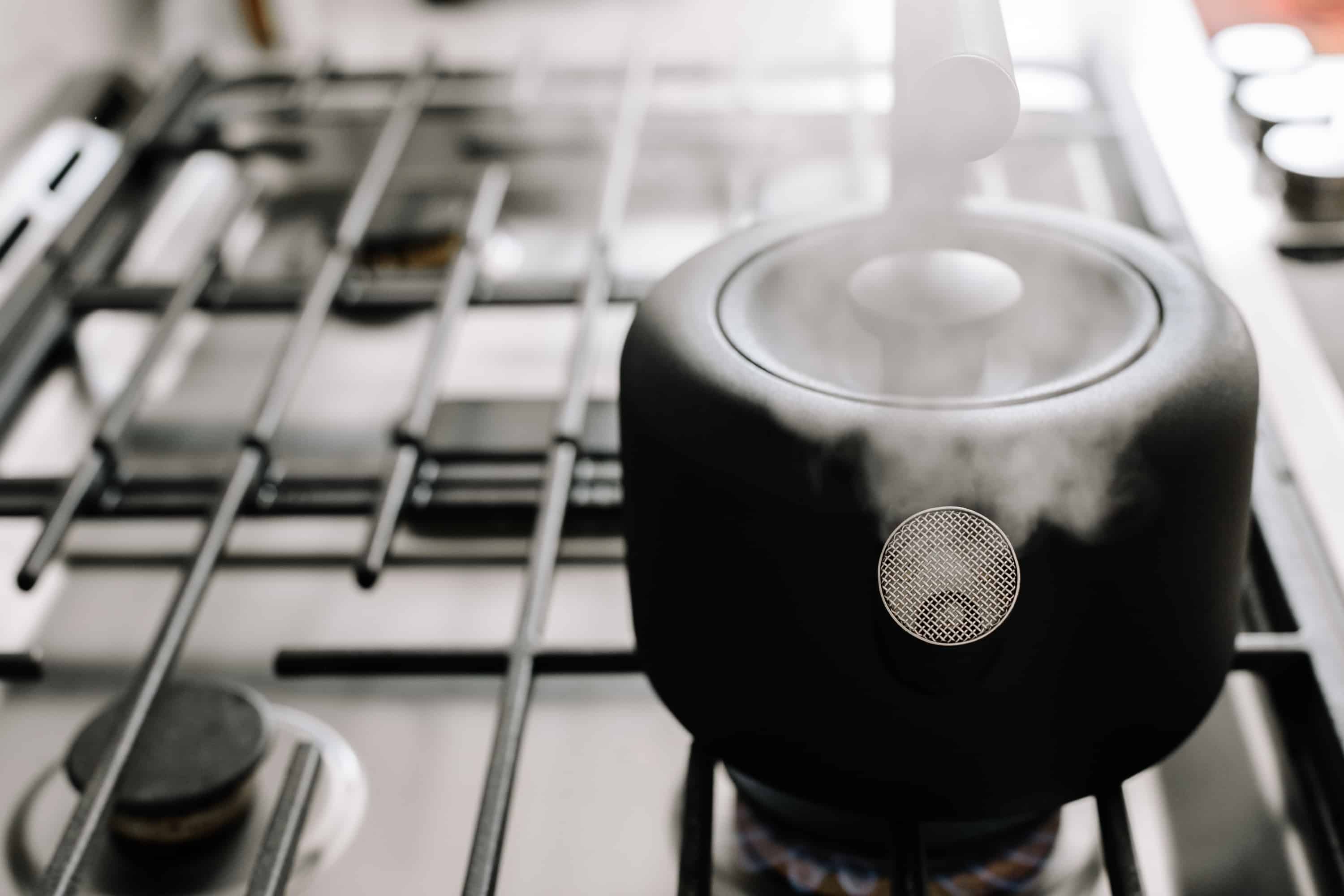
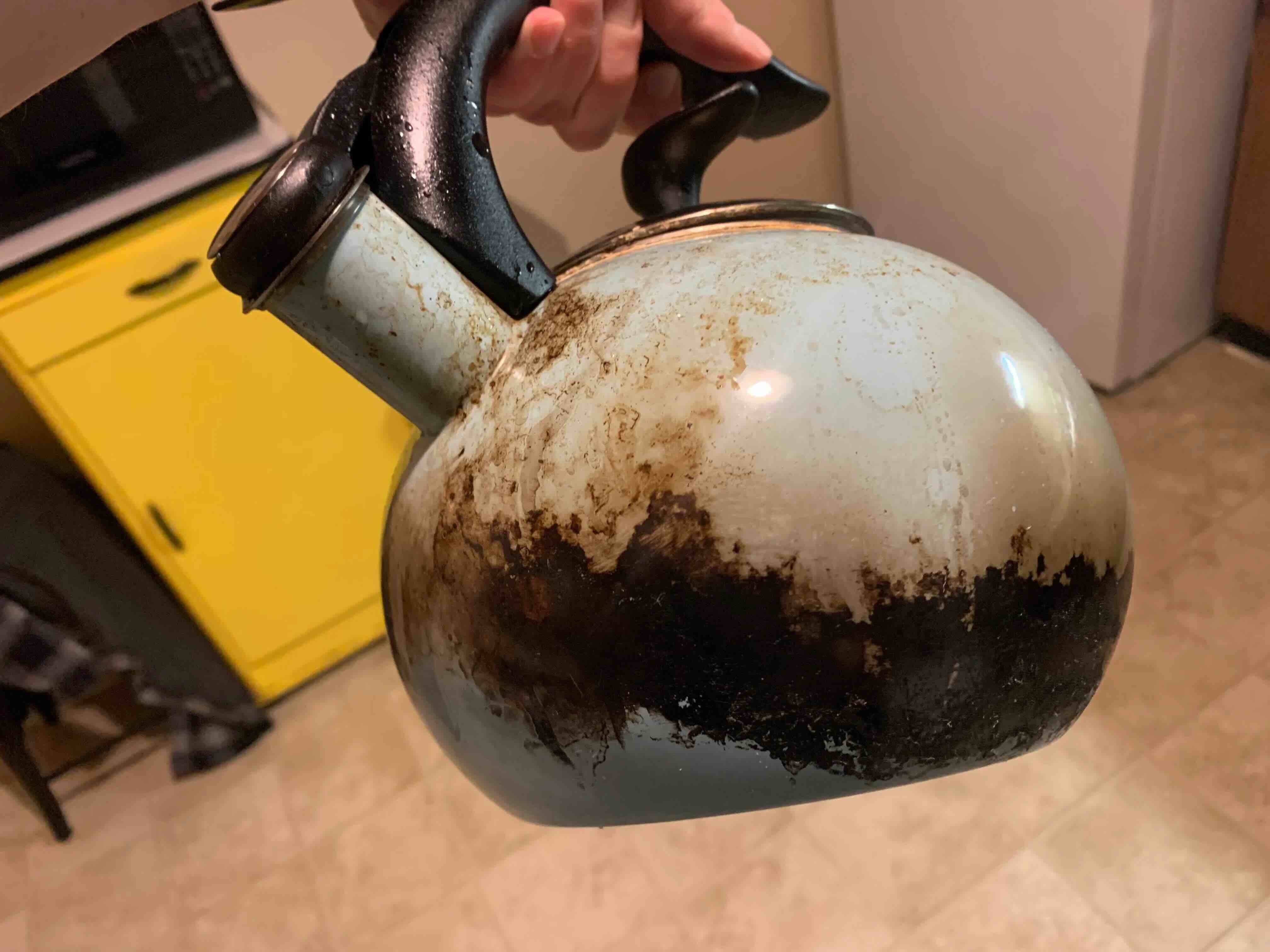
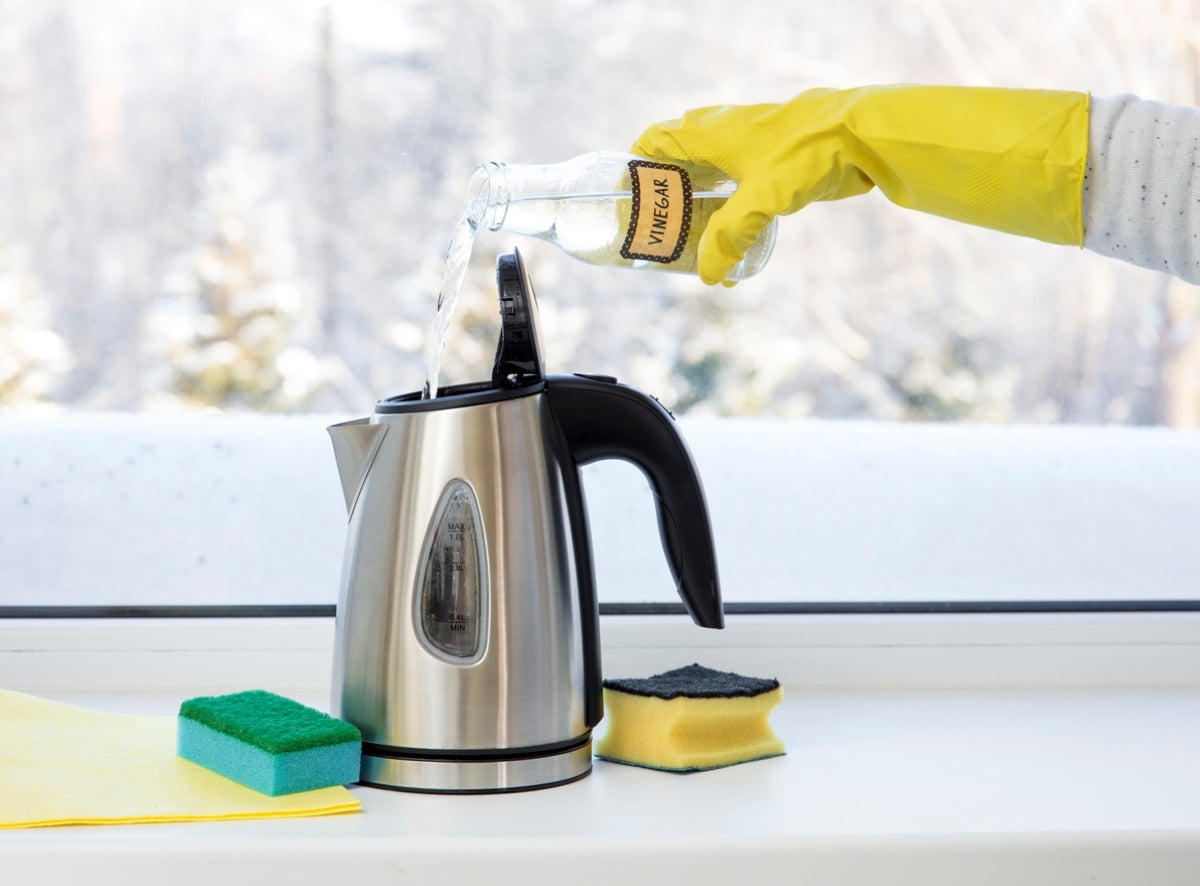
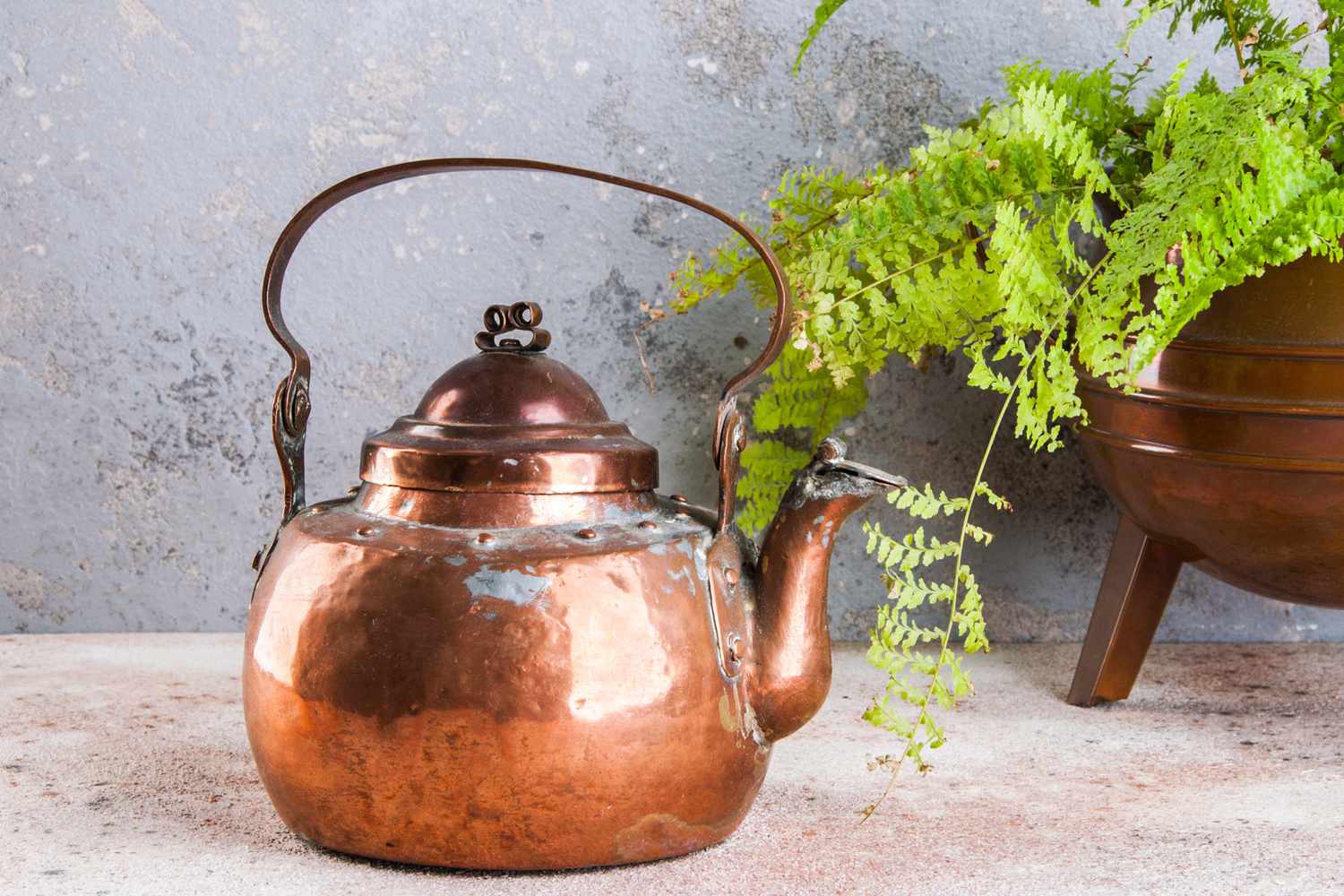
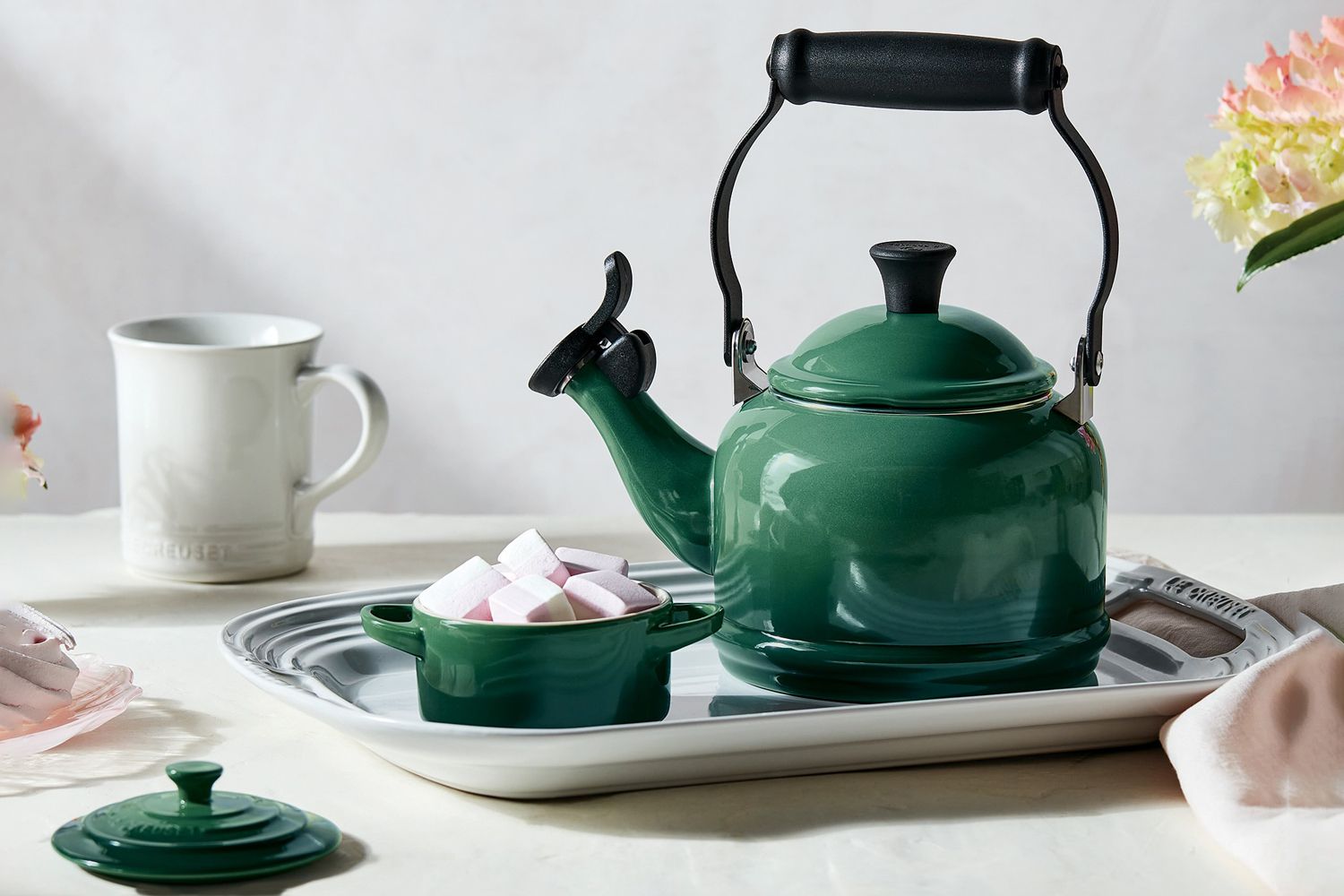
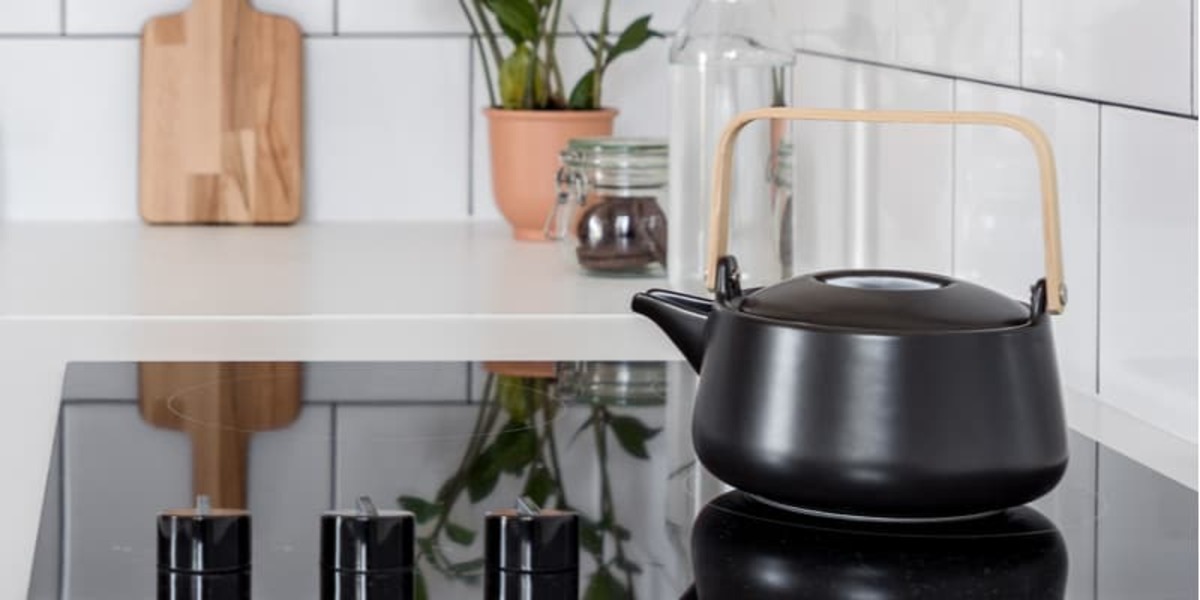
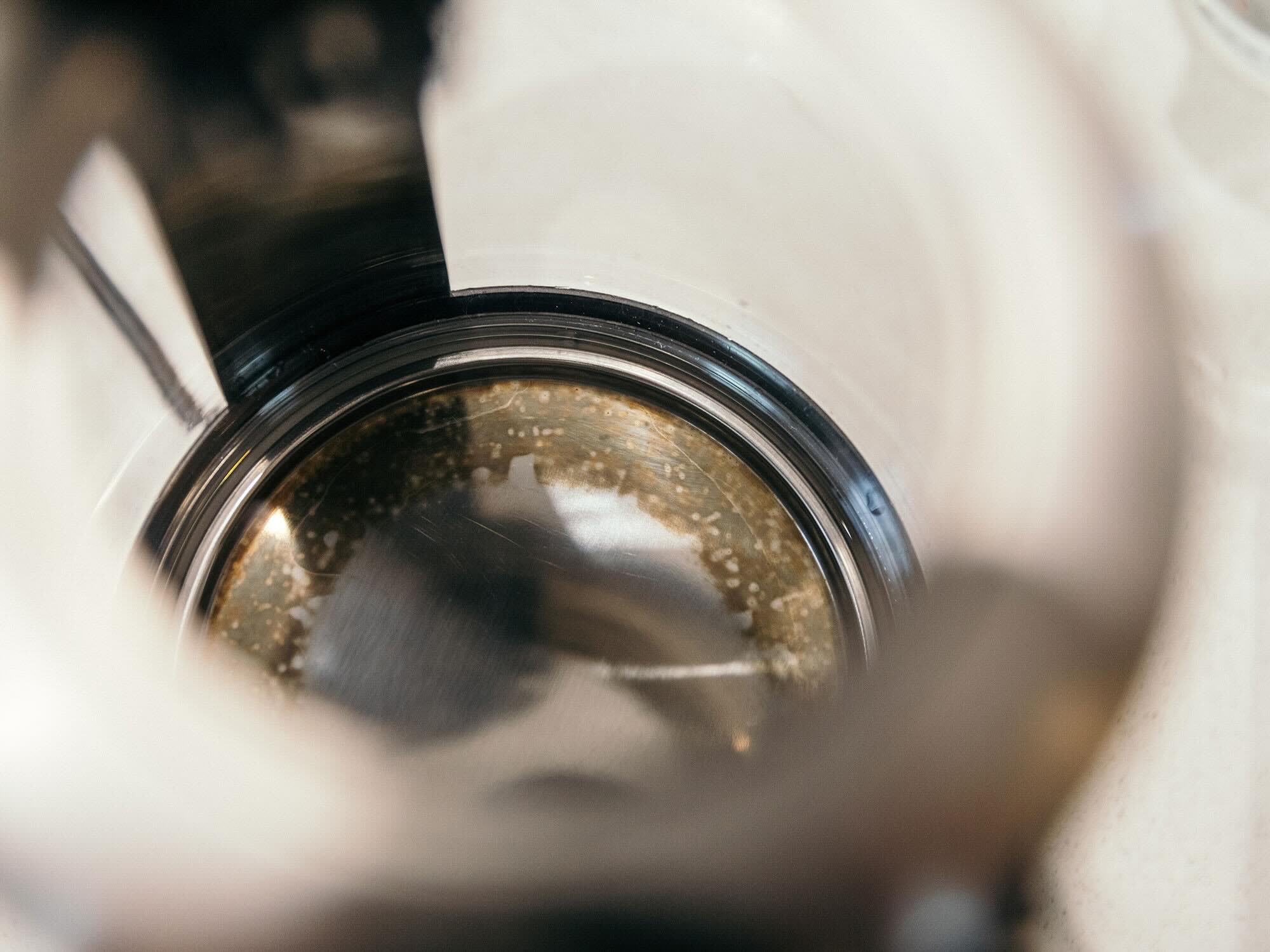
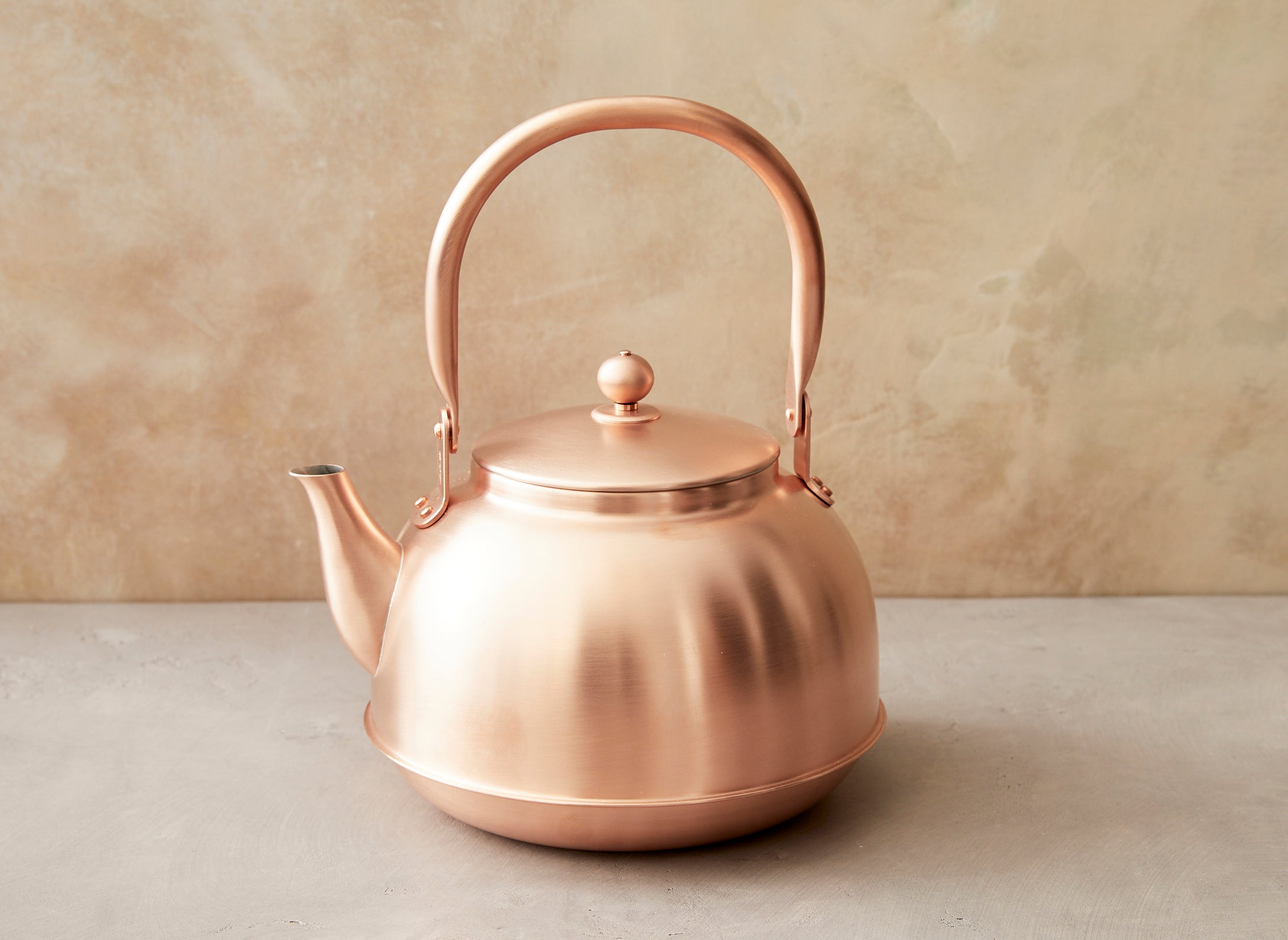

0 thoughts on “What Is The Purpose Of A Tea Kettle”